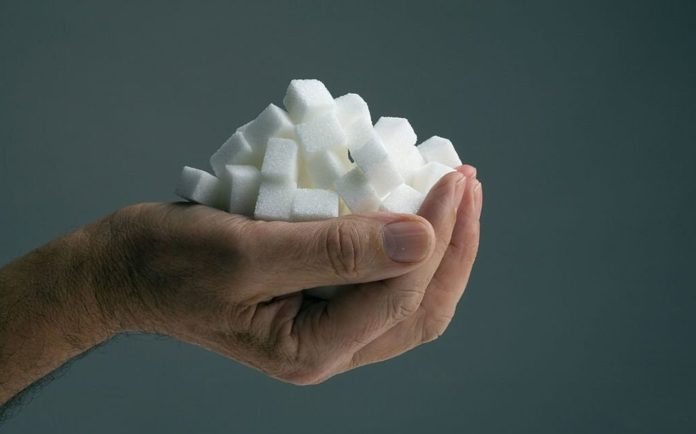It’s also one of the most efficient carbon sinks on the planet: one square kilometer of seagrass stores nearly twice as much carbon as land-based forests, and it does so 35 times faster.
In many coastal places across the world, seagrasses create lush green meadows. These marine plants are one of the most efficient carbon dioxide sinks on the planet: Seagrass stores nearly twice as much carbon as land-based forests, and it does it 35 times faster.
Now, researchers at Germany’s Max Planck Institute for Marine Microbiology have observed that seagrasses leak huge amounts of sugar into their soils or rhizospheres. Sugar concentrations were at least 80 times greater beneath the seagrass than previously measured in marine habitats.
As explained by research head Manuel Liebeke: “To put this into perspective: We estimate that worldwide there are between 0.6 and 1.3 million tons of sugar, mainly in the form of sucrose, in the seagrass rhizosphere. That is roughly comparable to the amount of sugar in 32 billion cans of coke!”
Polyphenols prevent microorganisms from consuming sugar
Sugar is a favorite of microbes since it is easy to digest and high in energy. So, why isn’t the sucrose consumed by the seagrass rhizosphere’s enormous community of microorganisms?
“We spent a long time trying to figure this out,” adds first author Maggie Sogin.
“What we realized is that seagrass, like many other plants, release phenolic compounds to their sediments.”
Phenolics are abundant in red wine, coffee, and fruits, and many people use them as health supplements. The fact that phenolics are antimicrobials and impede the metabolism of most bacteria is less well known.
“In our experiments, we added phenolics isolated from seagrass to the microorganisms in the seagrass rhizosphere – and indeed, much less sucrose was consumed compared to when no phenolics were present.”
In the seagrass rhizosphere, specialists survive on sugars
Why do seagrasses produce so much sugar and then dump it into their rhizosphere?
“Seagrasses produce sugar during photosynthesis. Under average light conditions, these plants use most of the sugars they produce for their own metabolism and growth,” as explained by Nicole Dubilier, “But under high light conditions, for example at midday or during the summer, the plants produce more sugar than they can use or store. Then they release the excess sucrose into their rhizosphere. Think of it as an overflow valve”.
Surprisingly, despite the difficult environment, a small group of microbial specialists can grow on sugar. Sogin hypothesizes that these sucrose specialists are not only capable of digesting sucrose and degrading phenolics, but also produce nutrients that the seagrass requires to develop, such as nitrogen.
“Such beneficial relationships between plants and rhizosphere microorganisms are well known in land plants, but we are only just beginning to understand the intimate and intricate interactions of seagrasses with microorganisms in the marine rhizosphere,” she adds.
Endangered habitats
Seagrass meadows are one of the world’s most endangered environments.
“Looking at how much blue carbon – that is carbon captured by the world’s ocean and coastal ecosystems – is lost when seagrass communities are decimated,” this new study clearly shows “it is not only the seagrass itself, but also the large amounts of sucrose underneath live seagrasses that would result in a loss of stored carbon.”
“If the sucrose in the seagrass rhizosphere was degraded by microbes, at least 1,54 million tons of carbon dioxide would be released into the atmosphere worldwide,” adds Liebeke. “That’s roughly equivalent to the amount of carbon dioxide emitted by 330,000 cars in a year.”
Seagrasses are quickly disappearing in all oceans, with yearly losses as high as 7% in some locations, comparable to coral reef and tropical rainforest extinctions. It’s possible that up to a third of the world’s seagrass has already been destroyed.
“We do not know as much about seagrass as we do about land-based habitats,” Sogin stresses. “Our study contributes to our understanding of one of the most critical coastal habitats on our planet, and highlights how important it is to preserve these blue carbon ecosystems.”
Image Credit: Getty
You were reading: They find a huge natural reservoir of sugar under shallow salty and brackish waters
